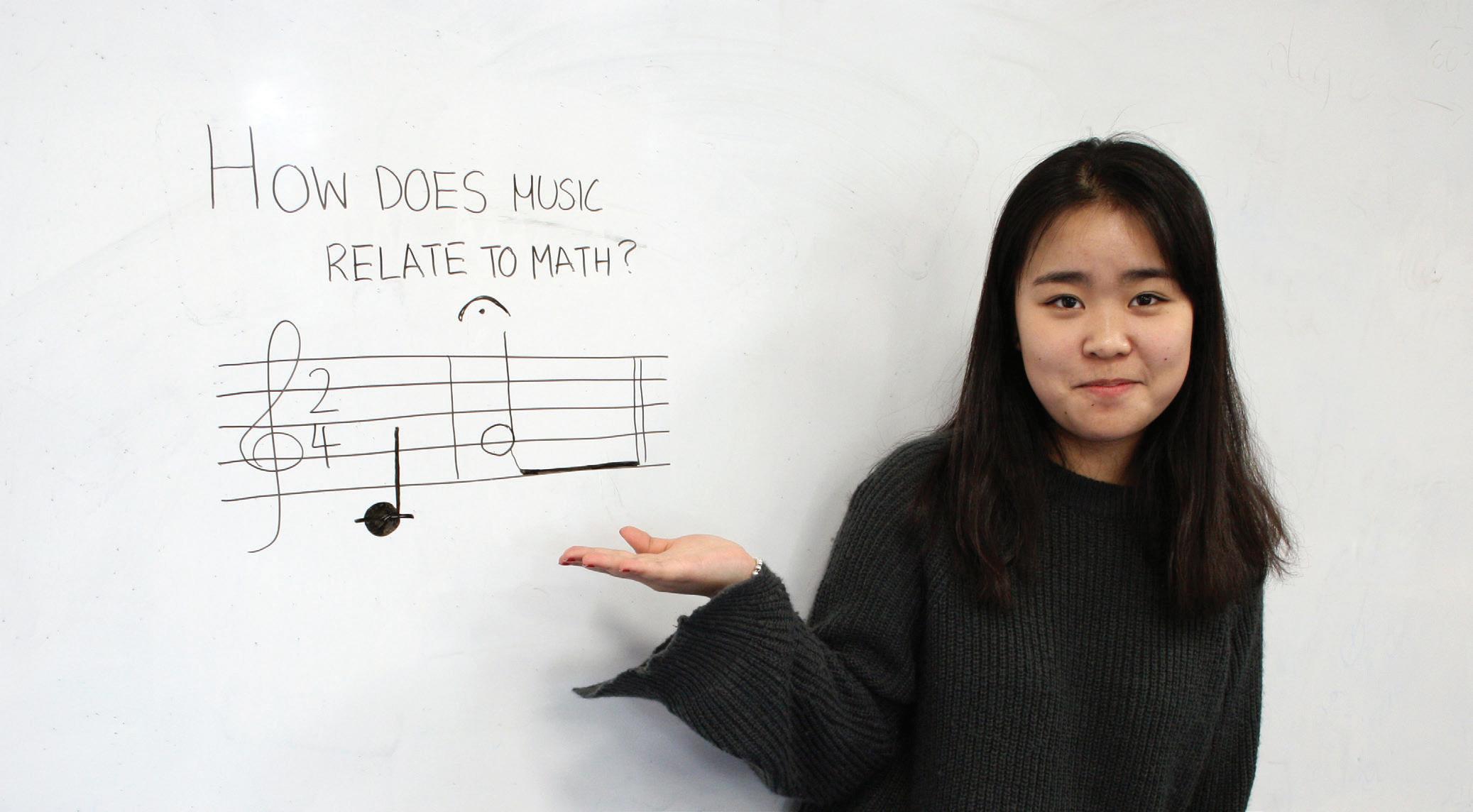
5 minute read
Looking through the Crystal Ball, Naaz Fatima Kirmani
Looking through the Crystal Ball
Naaz Fatima Kirmani offers a glimpse of the changing educational landscape and the impact of new technologies
The unprecedented digital transformation of recent years has ushered in an intense technology-driven world. We now live in an increasingly diverse, globalised, complex and media-saturated society. Technology and its effect is by far the most popular topic concerning 21st century learning and education. The rapid advancement in educational technology calls for radical changes in the way we think about intelligence, education and human resources, in order to meet the extraordinary challenges of living and working in the 21st century. While we may not be able to peer into the future to ascertain what skills will be important 10 years from now, it is possible to examine trends that have changed the demands of work and life in the recent past and continue to do so today.
In both developed and developing nations, young people have become increasingly reliant on social networking technologies to connect, collaborate, learn and create – while employers have begun to seek out new skills to increase their competitiveness in a global marketplace. Education, meanwhile, has changed much less. Schools are faced with perhaps one of the greatest challenges – engaging students and creating excitement about learning. With few exceptions, school systems have yet to revise the way they operate in order to reflect current trends and technologies.
The future growth and stability of our global economy depends on the ability of education systems around the world to prepare all students for career opportunities and help them to attain higher levels of achievement. However, despite numerous efforts to improve educational standards, school systems around the world are struggling to meet the demands of 21st century learners and employers. When we actually reflect on educational experiences, it’s difficult not to conclude that few schooling experiences teach job skills which are needed in the present world.
Seldon (2018) describes the first education revolution as having focused on organised learning from others through family units, groups or tribes, while the second education revolution related to the coming of institutionalised education in the form of schools and universities. The third education revolution, which started in the 1950s, gave rise to issues related to inequity in access to educational opportunities, administrative workload for teachers, lack of training and pedagogical support. It continued to support a capitalist model of education, with the privatisation of education and in various contexts the limiting of access to a privileged class. These issues can be well managed, leveraging the technology positively to economise time and effort, and reaching out to the disadvantaged group of students in society.
A recent report by the World Economic Forum (2018) states that, by 2022, today’s newly emerging occupations are set to grow from 16% to 27% of the employee base of large firms globally, while job roles currently affected by technological obsolescence are set to decrease from 31% to 21%. In purely quantitative terms, 75 million current job roles may be displaced by the shift in the division of labour between humans, machines and algorithms, while 133 million new job roles may emerge at the same time. All this indicates that we have reached a ‘tipping point’ in education that requires us to explore a new and broad model which bridges the gap between formal education and vocational skills needed for a future world. It’s time to reimagine this educational model in order to create a fairer and broader system for young people which promotes a combination of skills such as critical thinking, collaboration, communication, problem-solving and resilience, along with the requisite knowledge of subject disciplines. Mobile and assistive technologies have brought in a fresh approach to creating learning opportunities and making it possible for learners to access digital content in a more personalised manner than ever before. Such technology can be a powerful partner for assisting changes
in teaching and assessing methods. The time has come to make a shift to a more autonomous model of learning – and Artificial Intelligence promises the transformation.
It is envisaged that the Fourth Education Revolution – driven by new technologies such as Artificial Intelligence – will create unique challenges and opportunities for educators and learners in the coming decade. The use of Artificial Intelligence is often misinterpreted as robots taking over classrooms and replacing teachers, but Artificial Intelligence actually involves many assistive tools and platforms to facilitate enhanced learning environments, quality and quick feedback, personalised learning, and support for administrative tasks. It creates and supports self-directed and autonomous learning opportunities for young learners who prefer to acquire knowledge in a more informal and unstructured manner.
New and assistive technologies can be used effectively to reassess, redesign and remodel formal education, laying more emphasis on individual skills and dispositions. Some aspects which would require immediate focus include continuing professional development of teachers, and what professional skills or competencies are required to equip teachers to deal with the changing paradigm of teaching and learning in the 21st century. Our attention is also drawn towards some of the key issues related to access and accountability such as data access and protection, current assessment standards, and learning environments in different contexts. While we continue our attempts to envision the uncertain and ambiguous future, let’s look forward to all the positive changes the future holds for educators and young
learners. As Sir Ken Robinson has aptly remarked (2011), ‘Our task is to educate their [our students’] whole being so they can face the future. We may not see the future, but they will – and our job is to help them make something of it’. Sir Ken reminds us that education is about more than just learning facts and feeding them back through tests; it is about learning how to think, how to apply difficult concepts, how to create something meaningful or provocative, and how to contribute to the growth of the individual and that of society.
References
Robinson K (2011) Out of Our Minds: learning to be creative, Chichester: Capstone Publishing Ltd. Accessed via www.fredkemp.com/5365su12/ robinsonchpt123.pdf Seldon A with Abidoye O (2018) The Fourth Education Revolution – Will Artificial Intelligence Liberate or Infantilise Humanity? Buckingham: University of Buckingham Press World Economic Forum (2018) 5 Things to Know about the Future of Jobs, Accessed via www.weforum.org/agenda/2018/09/future-of-jobs-2018- things-to-know/









